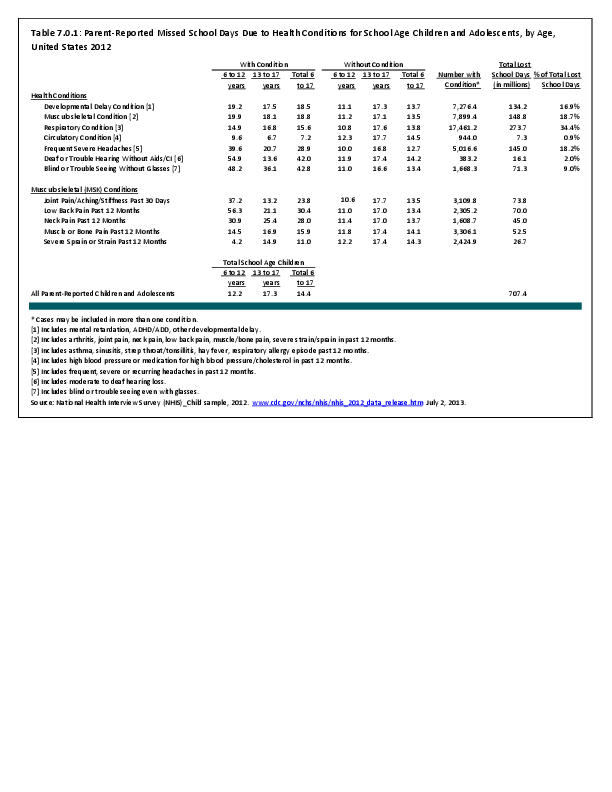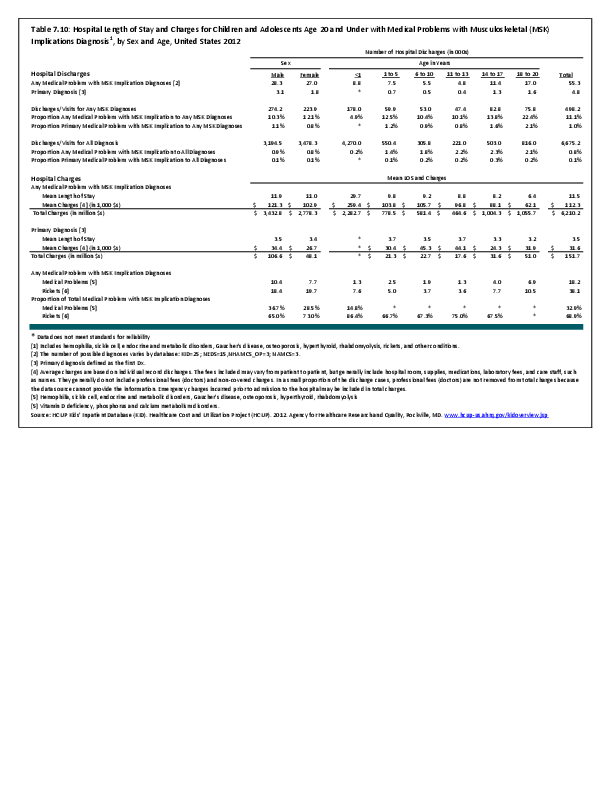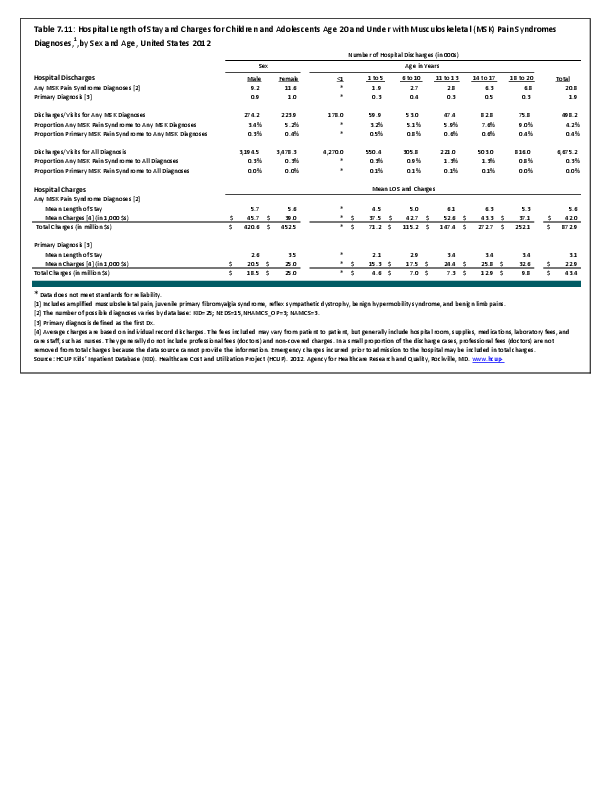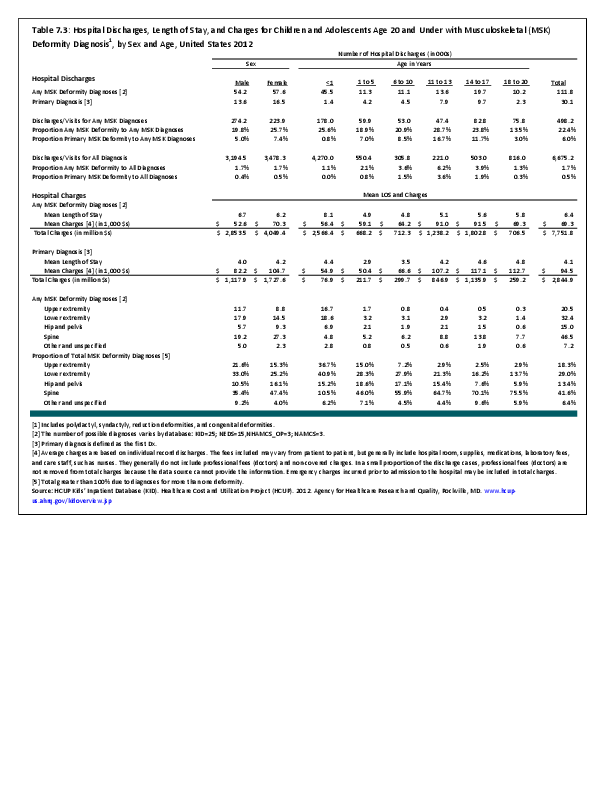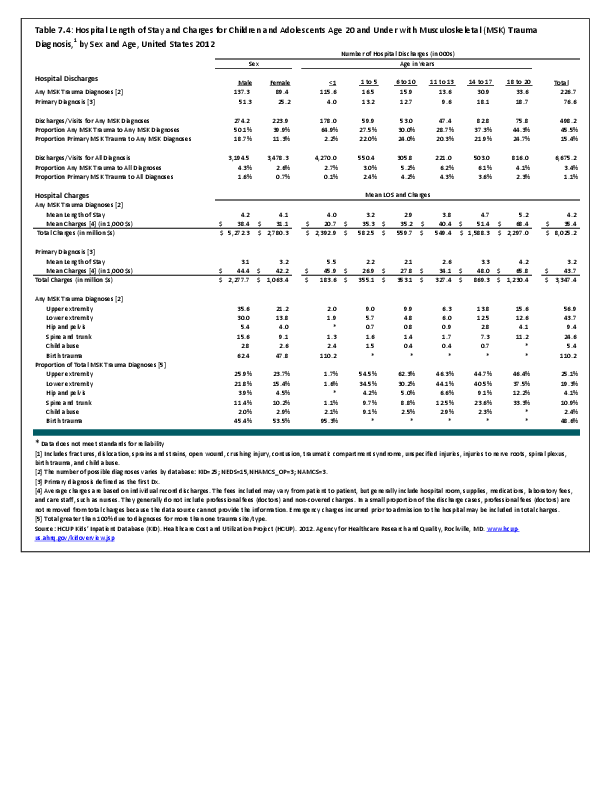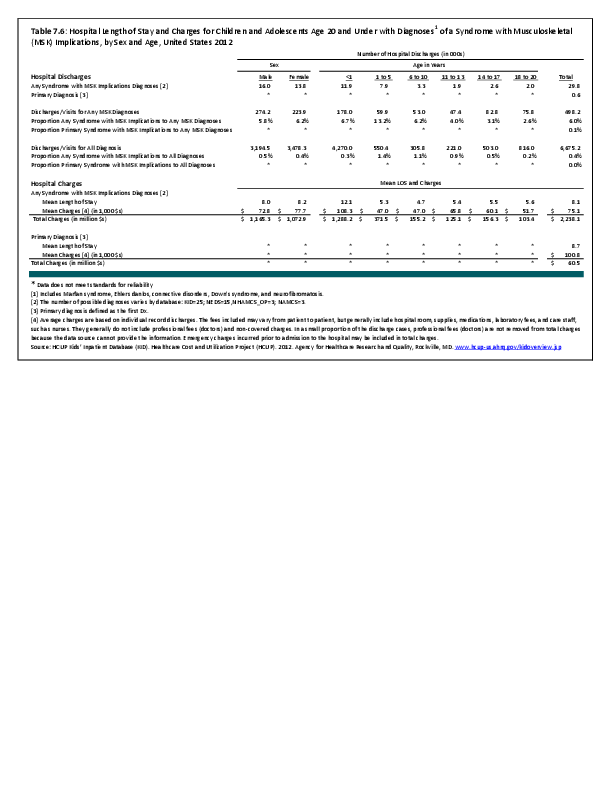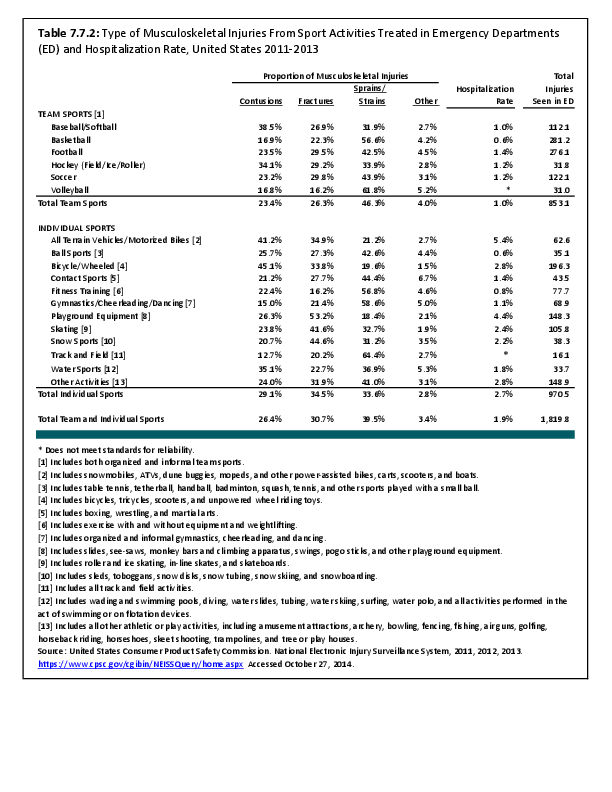Pediatric musculoskeletal neoplasms are relatively rare. They can be categorized as either benign or malignant, as has been done for this document. Musculoskeletal neoplasms are often also categorized by the type of tissue they produce or from which they are derived.
The most common types of tumors that affect the musculoskeletal system by tissue type are cysts, bone-producing tumors, cartilage tumors, fibrous tumors, soft tissue tumors, and peripheral neuroectodermal tumors. Most benign tumors, such as nonossifying fibromas, result in little or no disability and require no treatment. Other benign tumors may require surgical intervention. Painful or prominent osteochondromas may require surgical excision. Simple bone cysts can weaken the bone and increase fracture risk, and may require surgery treatment in order to resolve the cyst and prevent fracture. Other benign tumors include lipomas, fibrous dysplasia, enchondromas, osteoid osteoma, and osteoblastomas.
The most common malignant tumors of the pediatric musculoskeletal system are osteosarcoma, Ewing sarcoma/peripheral neuroectodermal tumor, rhabdomyosarcoma, and synovial cell sarcoma. Osteosarcoma is the most common malignant bone tumor in patients under 20 years of age, with an incidence of around 29 per 1 million people. Ewing sarcoma is the second most common pediatric malignant musculoskeletal tumor and is part of the Ewing family of tumors, which includes peripheral neuroectodermal tumors. Most of the tumors in the family have the genetic translocation.1 Long-term survival of patients with both of these tumors has drastically improved with the routine use of adjuvant chemotherapy.
For additional information on musculoskeletal tumors in children you can refer to the Tumors section of this report.
- 1. Genetic translocation is the process of exchange of genetic material between chromosomes. A balanced translocation results in no gain or loss of material, while an unbalanced translocation may result in trisomy or monosomy of a particular chromosome segment. A trisomy is a type of polysomy in which there are three instances of a particular chromosome, instead of the normal two—one from each parent. In a monosomy, one of the two normal chromosomes is missing.
Edition:
- 2014

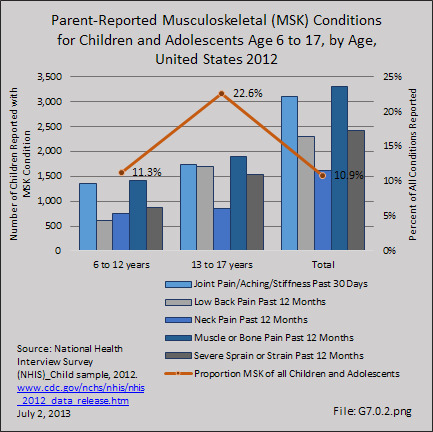

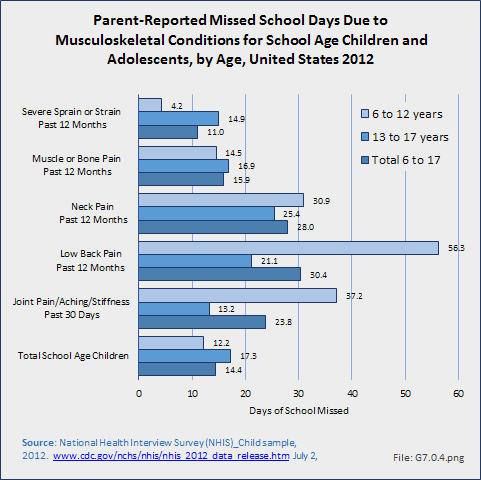
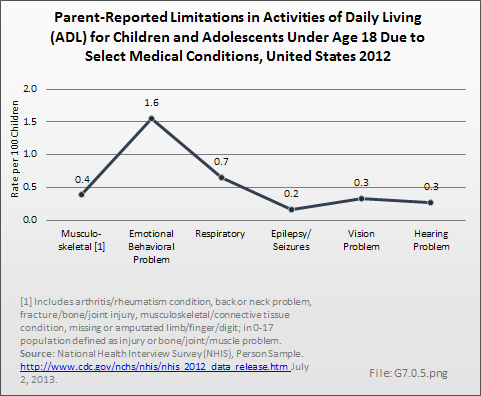

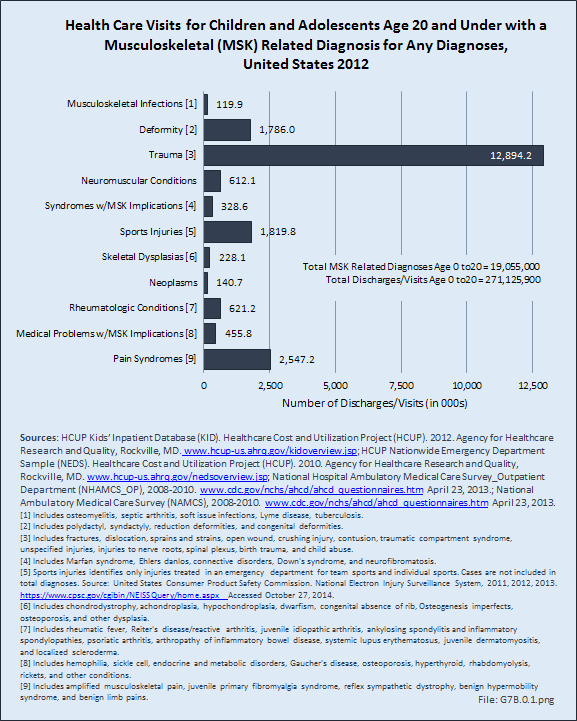
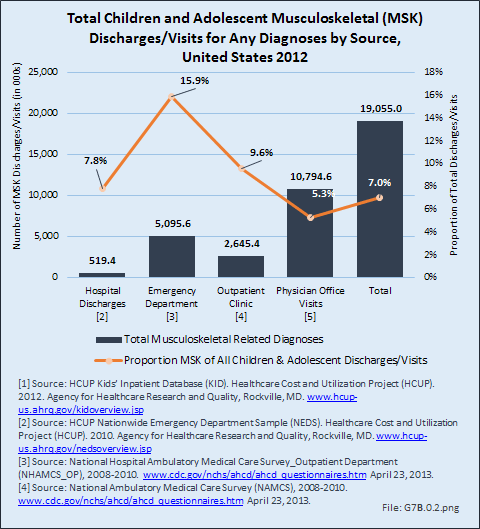

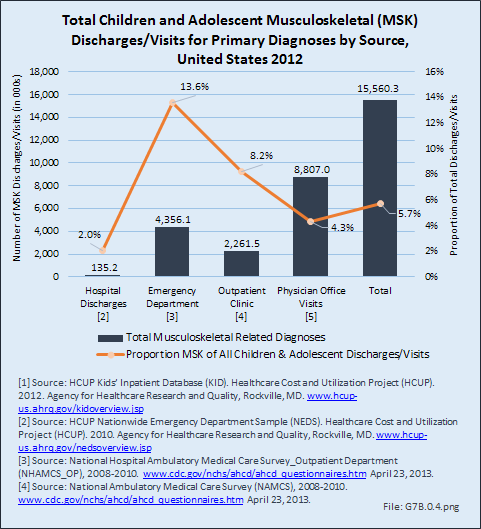
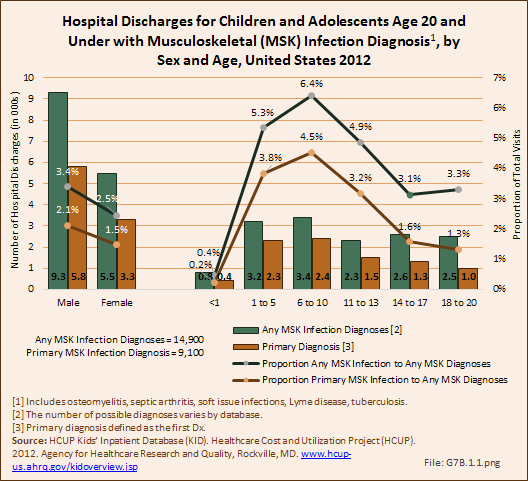
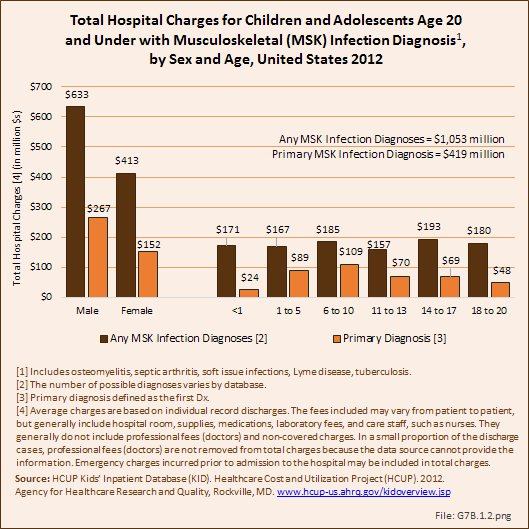

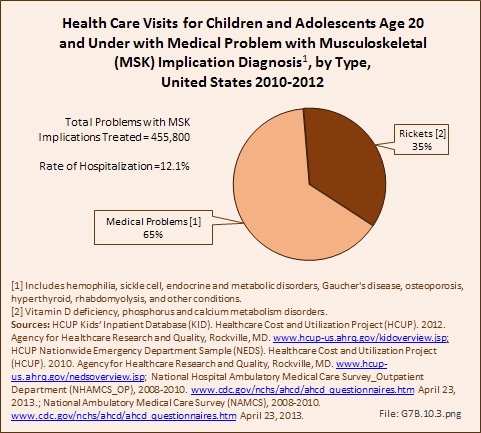
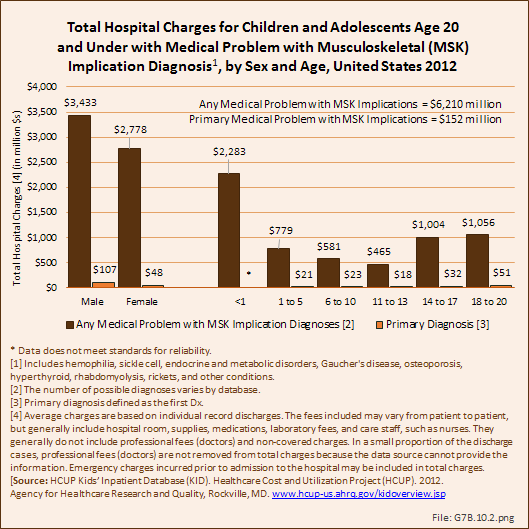

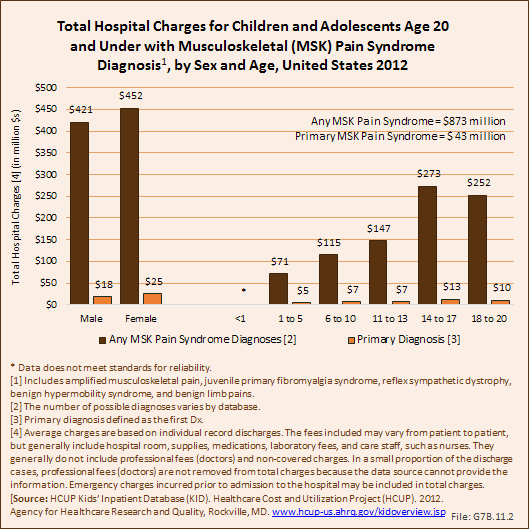
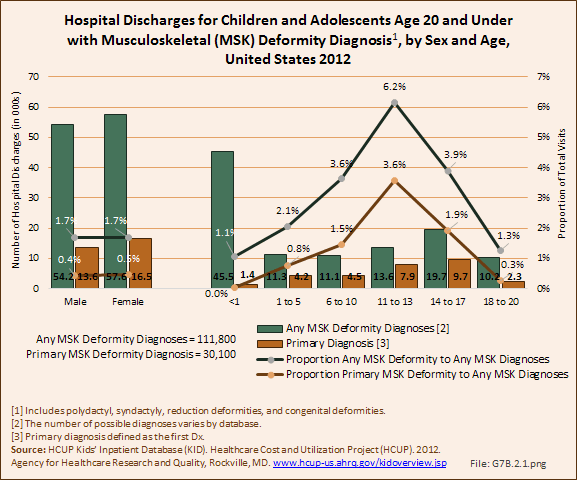
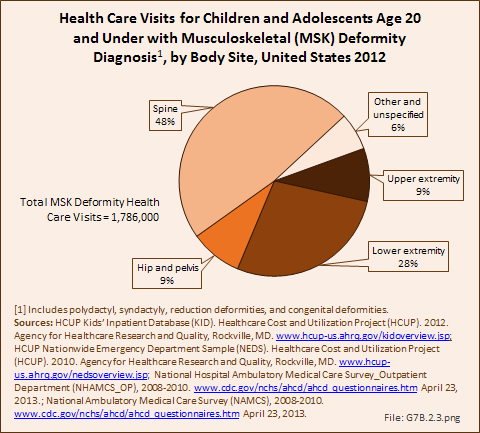
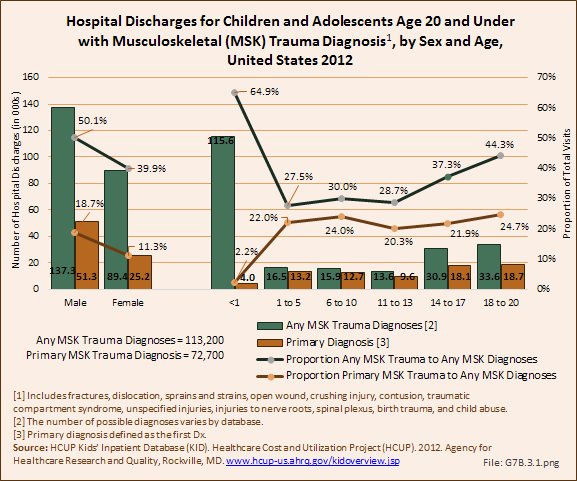
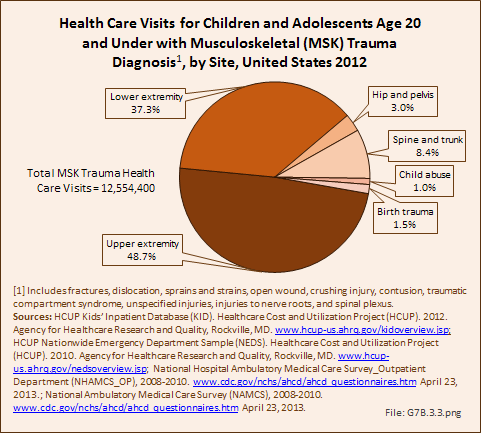


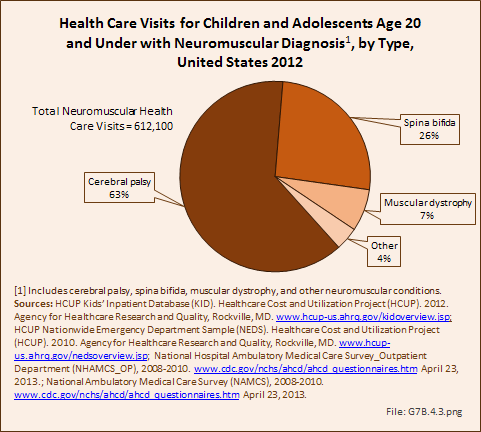
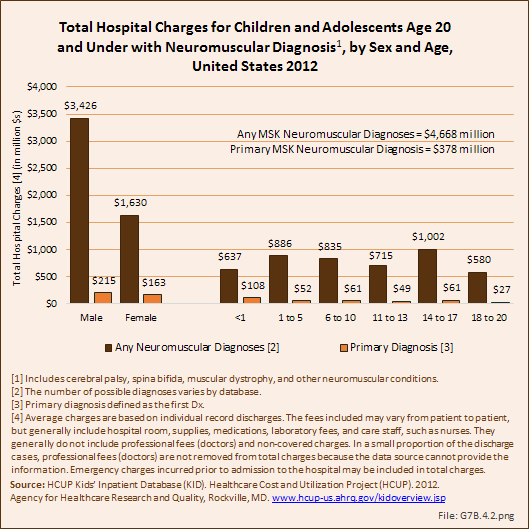
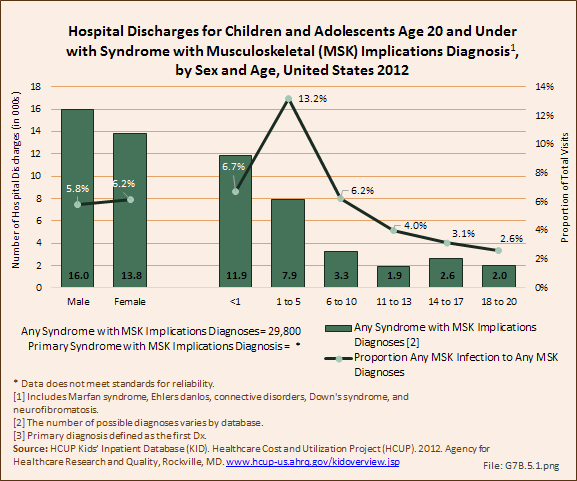
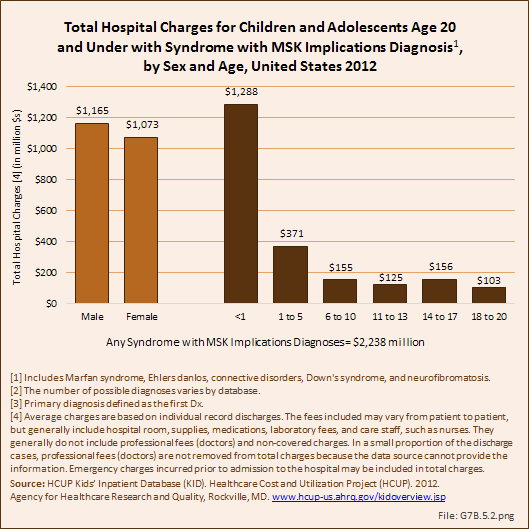
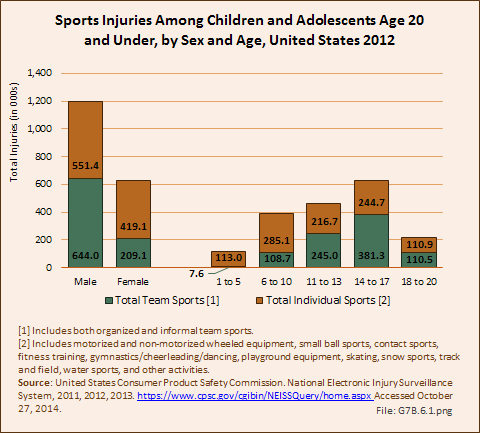
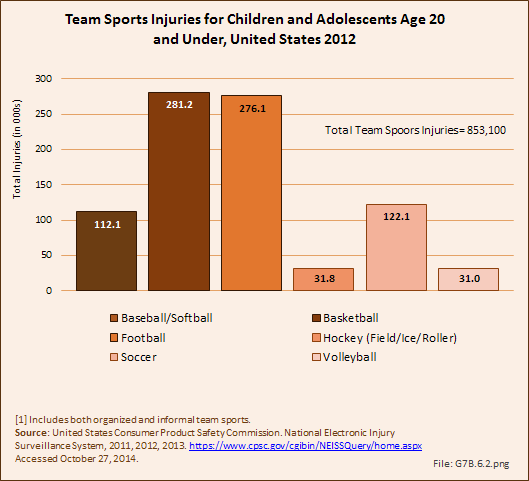
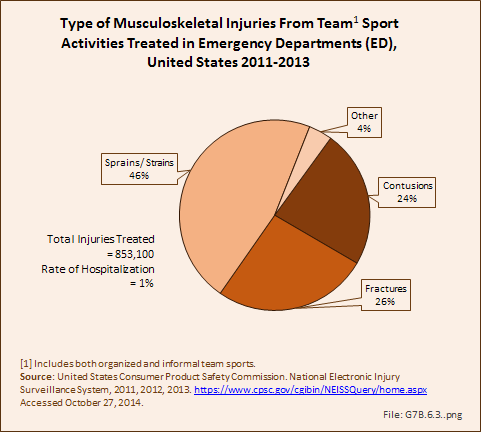

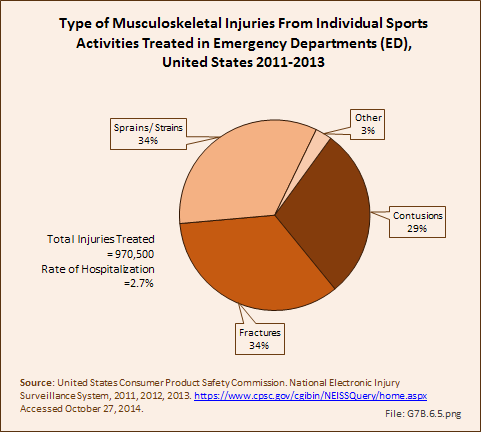
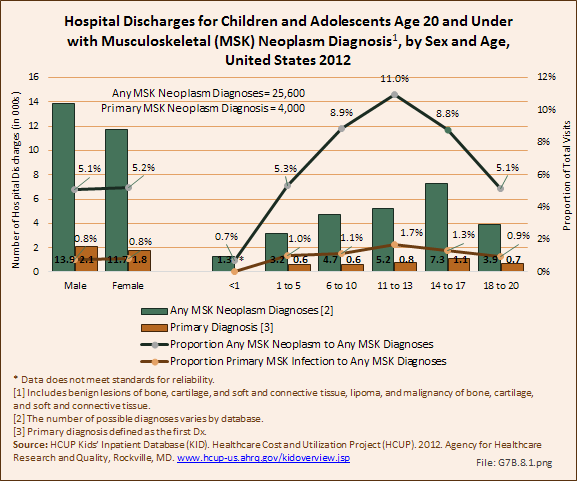
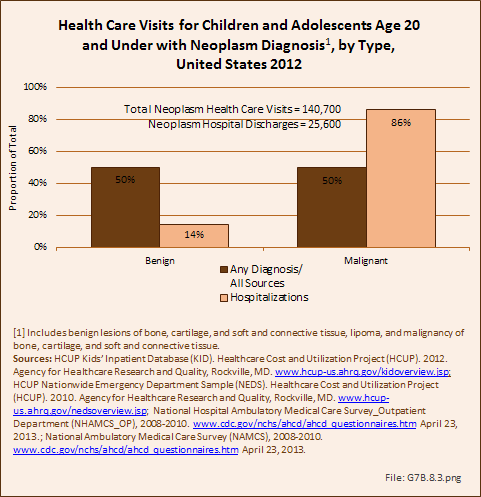
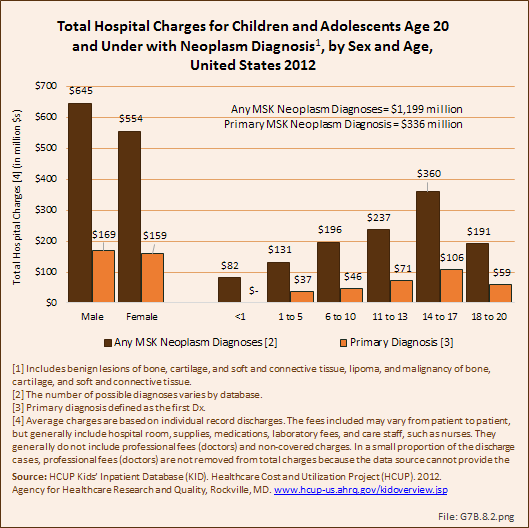

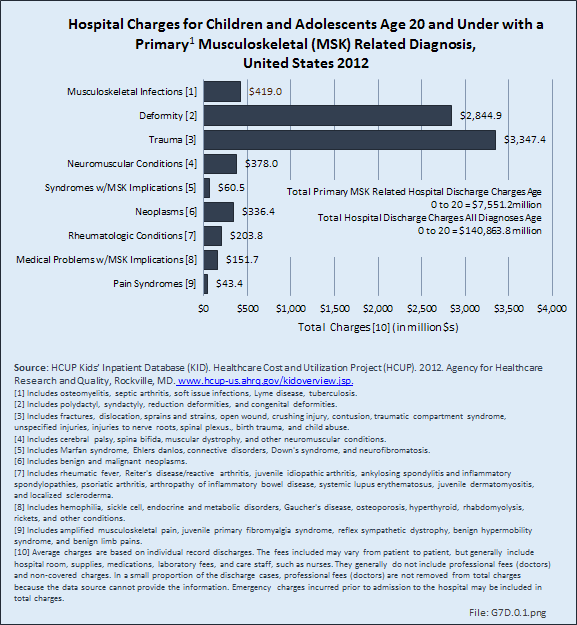
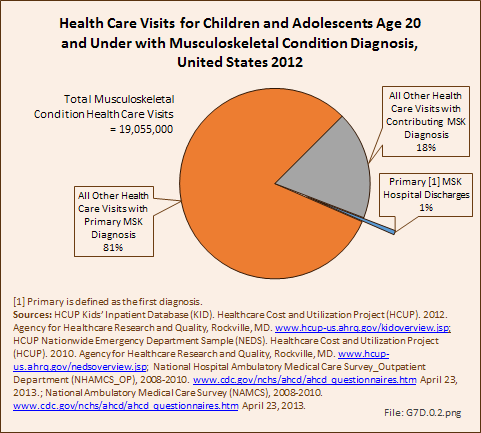

 Download as CSV
Download as CSV